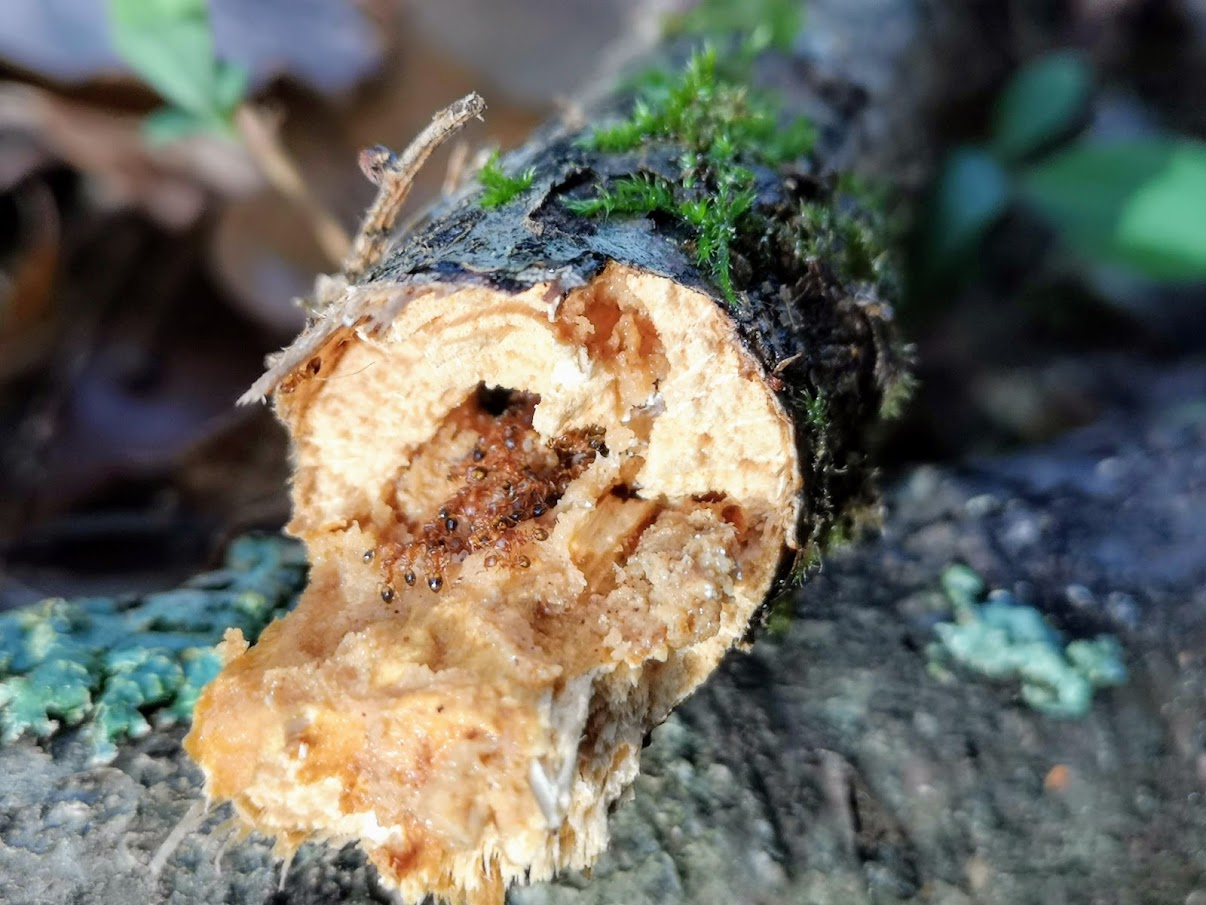Soil carbon persistence can be understood through the lens of decomposers as a result of functional complexity derived from the interplay between spatial and temporal variation of molecular diversity and composition. For example, co-location alone can determine whether a molecule is decomposed, with rapid changes in moisture leading to transport of organic matter and constraining the fitness of the microbial community, while greater molecular diversity may increase the metabolic demand of, and thus potentially limit, decomposition.
Lire la suite / Read more






